



Midlothian|1667
Gilmerton was a once a small village to the southeast of Edinburgh and is now part of the city. The name derives from the Gaelic Gille-Moire meaning ‘servant of the Virgin Mary’ and the Old English ‘ton’ for settlement. From at least the fifteenth century coal and limestone were mined here.

The Barony of Gilmerton is mentioned in The Grey Brother, a ballad recorded by Sir Walter Scott.
The earliest record of Gilmerton is from the late twelfth century when Ranulf de Soulis granted land to Newbattle Abbey. The De Soulis family, who were Hereditary Butlers of Scotland, held the land until the Wars of Independence, when they were punished for supporting their Comyn cousins.
1894 OS Map Edinburghshire VIII.1. Reproduced with the permission of the National Library of Scotland. (CC BY NLS)
with a succession of tenants including from the prominent Herring, Ramsay and Somerville families. In 1661, eight people from Gilmerton were put on trial during the Great Scottish Witch Hunt.
Gilmerton Dykes © 2005 Richard Webb (CC BY-SA 2.0)
Lord Newbyth married Margaret, daughter of the Earl of Tweeddale. Their son, Sir William Baird, became a member of the Scottish Parliament. In 1680, King Charles II created him a baronet. Baird married Margaret, daughter of Sir John Gilmour of Craigmillar, Lord President of the Court of Session, and they had two sons.
Gilmerton Parish Kirk © 2017 Anne Burgess (CC BY-SA 2.0)
The lands and titles then passed to a cousin, William Baird, who was Lord Provost of Edinburgh. William was succeeded by his second son, Robert Baird, in 1769, who became an MP. Two of Robert’s brothers joined the army and rose to prominence - Major-General Joseph Baird and General Sir David Baird, the hero of Seringapatam. Upon his death in 1828, General Sir David Baird’s baronetcy passed to his nephew David, who had already inherited his father’s Newbyth estates.
Alexander Nasmyth, Gilmerton Lane Quarry, near Edinburgh. Pencil on paper.|National Galleries of Scotland (CC BY-NC)
with some men distinguished in the military and golf. The Barony of Gilmerton passed through the family until 1930, when it became dormant. In 2020, Alvise Figà Talamanca, became the 8th Baron of Gilmerton.
Sir David Wilkie, General Sir David Baird Discovering the Body of Sultan Tippoo Sahib after having Captured Seringapatam, on the 4th May, 1799.|National Galleries of Scotland (CC BY-NC)







Midlothian|1667
Gilmerton was a once a small village to the southeast of Edinburgh and is now part of the city. The name derives from the Gaelic Gille-Moire meaning ‘servant of the Virgin Mary’ and the Old English ‘ton’ for settlement. From at least the fifteenth century coal and limestone were mined here.

Midlothian|1667
Gilmerton was a once a small village to the southeast of Edinburgh and is now part of the city. The name derives from the Gaelic Gille-Moire meaning ‘servant of the Virgin Mary’ and the Old English ‘ton’ for settlement. From at least the fifteenth century coal and limestone were mined here.
The Barony of Gilmerton is mentioned in The Grey Brother, a ballad recorded by Sir Walter Scott.
The earliest record of Gilmerton is from the late twelfth century when Ranulf de Soulis granted land to Newbattle Abbey. The De Soulis family, who were Hereditary Butlers of Scotland, held the land until the Wars of Independence, when they were punished for supporting their Comyn cousins.
1894 OS Map Edinburghshire VIII.1. Reproduced with the permission of the National Library of Scotland. (CC BY NLS)
with a succession of tenants including from the prominent Herring, Ramsay and Somerville families. In 1661, eight people from Gilmerton were put on trial during the Great Scottish Witch Hunt.
Gilmerton Dykes © 2005 Richard Webb (CC BY-SA 2.0)
Lord Newbyth married Margaret, daughter of the Earl of Tweeddale. Their son, Sir William Baird, became a member of the Scottish Parliament. In 1680, King Charles II created him a baronet. Baird married Margaret, daughter of Sir John Gilmour of Craigmillar, Lord President of the Court of Session, and they had two sons.
Gilmerton Parish Kirk © 2017 Anne Burgess (CC BY-SA 2.0)
The lands and titles then passed to a cousin, William Baird, who was Lord Provost of Edinburgh. William was succeeded by his second son, Robert Baird, in 1769, who became an MP. Two of Robert’s brothers joined the army and rose to prominence - Major-General Joseph Baird and General Sir David Baird, the hero of Seringapatam. Upon his death in 1828, General Sir David Baird’s baronetcy passed to his nephew David, who had already inherited his father’s Newbyth estates.
Alexander Nasmyth, Gilmerton Lane Quarry, near Edinburgh. Pencil on paper.|National Galleries of Scotland (CC BY-NC)
with some men distinguished in the military and golf. The Barony of Gilmerton passed through the family until 1930, when it became dormant. In 2020, Alvise Figà Talamanca, became the 8th Baron of Gilmerton.
Sir David Wilkie, General Sir David Baird Discovering the Body of Sultan Tippoo Sahib after having Captured Seringapatam, on the 4th May, 1799.|National Galleries of Scotland (CC BY-NC)








Contact
Forum for the Scottish Baronage, c/o Brodies LLP, Capital Square, 58 Morrison Street, Edinburgh EH3 8BP, Scotland UK
Copyright
Copyright 2022, Forum for The Scottish Baronage, as a collective work, all additional rights to content contributed and/or licensed contained herein are expressly reserved to such contributors and licensors as independently owned and protected copyrighted works.




